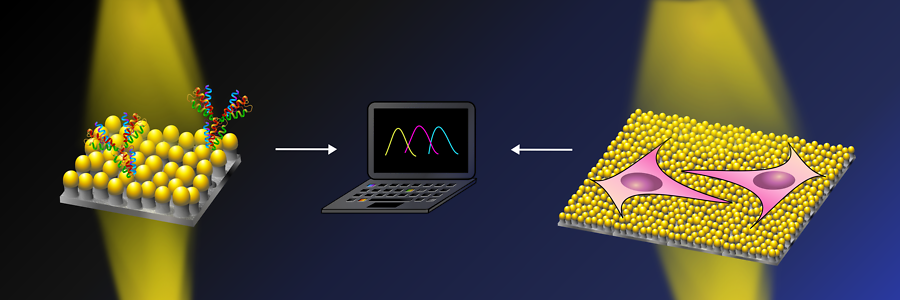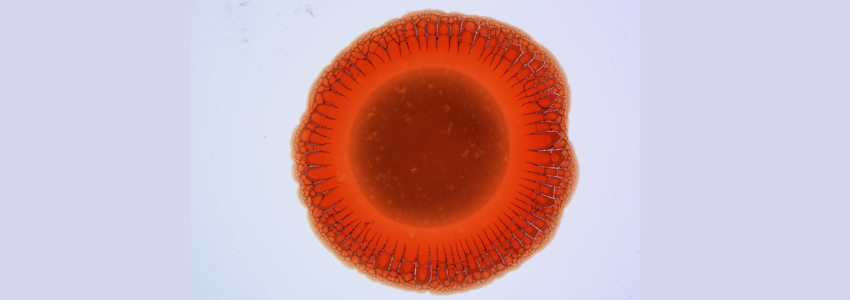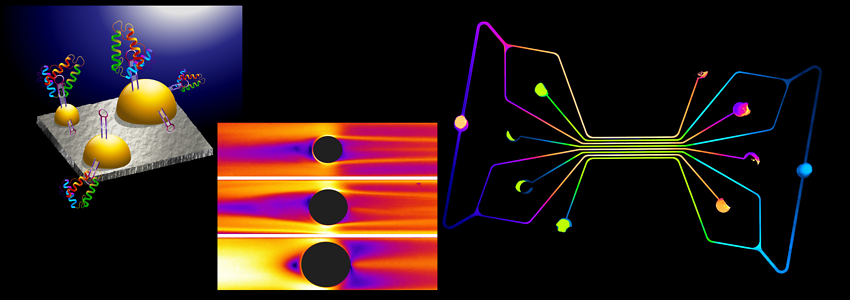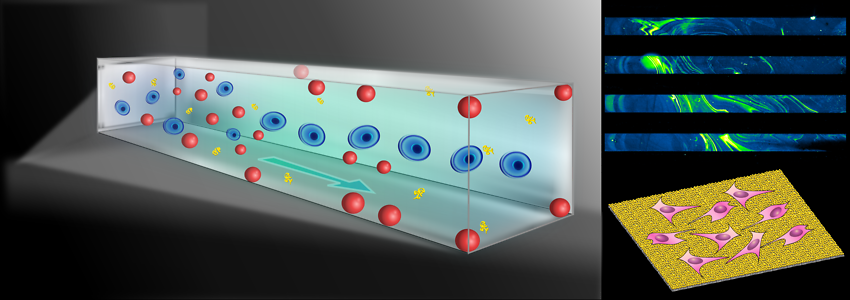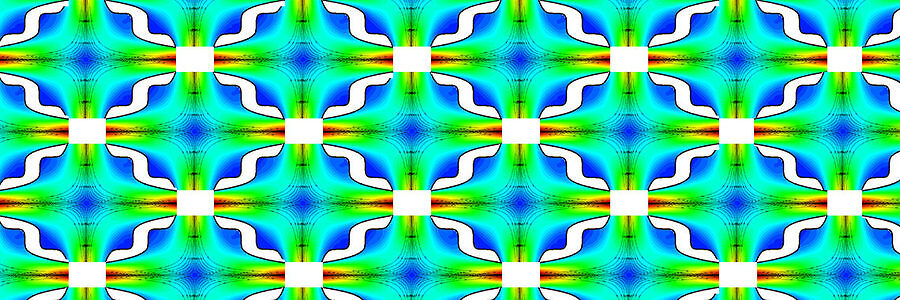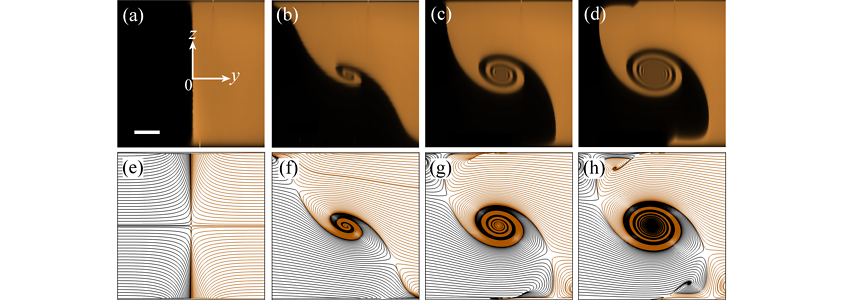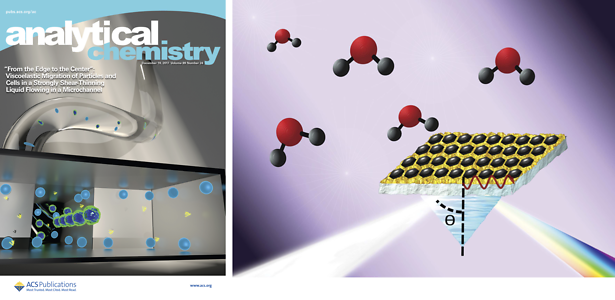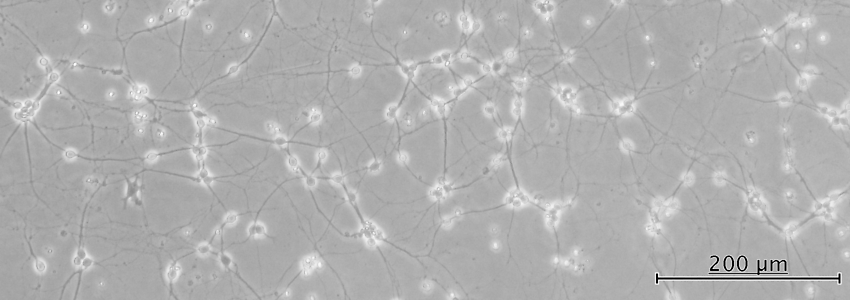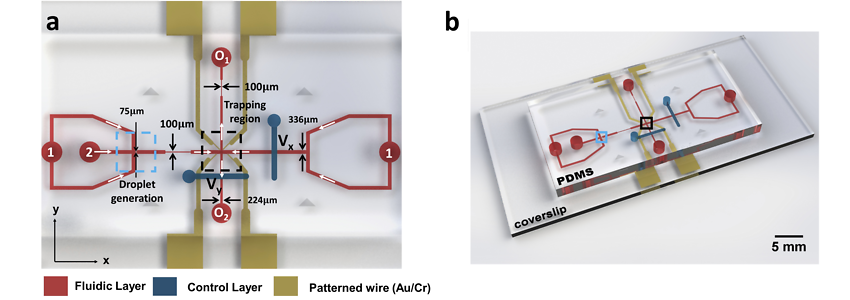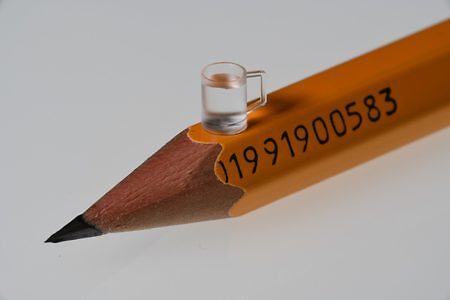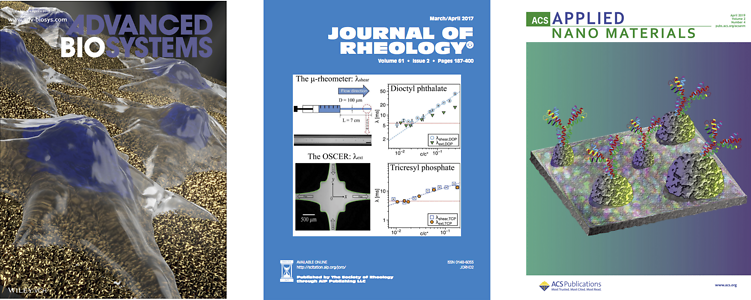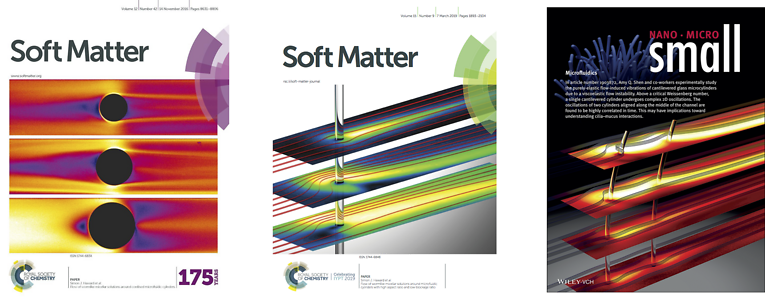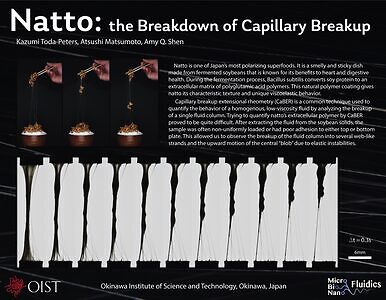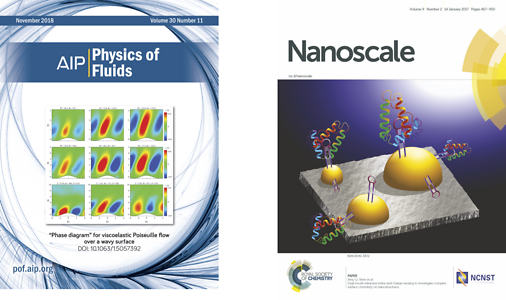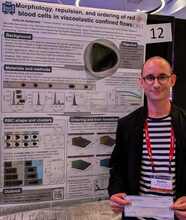Micro/Bio/Nanofluidics Unit (Amy Shen)
Micro/Bio/Nanofluidics Unit was established in July 2014 when Amy Shen moved from University of Washington, USA. While continuing existing research activities in Microfluidics and Rheology, several new interdisciplinary research projects have been initiated, in collaboration with other research units at OIST and outside OIST. Currently we have two core areas in the unit: one focuses on the fundamental aspects of micro- and nanofluidic flows (e.g., fluid mechanics, soft matter physics, rheology); another focuses on biotechnology, nanotechnology and healthcare applications related to micro- and nanofluidic flows (e.g., bioassays, biosensing, bio and nanomaterials synthesis).
Our unit members have unique and complementary expertise in fluid mechanics, soft matter physics, biomedical and chemical engineering, materials science, polymer/physical chemistry. Our group is truly international and diverse, as we come from Japan, USA, UK, Italy, France, India, Israel, Korea, Kazakhstan, Hong Kong, Taiwan, and Australia. More information about our unit can be found here. Connect with us via our unit X (twitter) account!
Latest Posts
-
Congratulations to Steffen for winning the Best Postdoctoral Fellow Poster Award at the 95th Annual Meeting of The Society of Rheology!
Steffen receievd the Best Postdoctoral Fellow Poster Award (1st place) at the 95th Annual Meeting of The Society of Rheology held in Austin, Texas from October 13th to 17th, 2024. Congratulations!
Congratulations to Vincenzo Calabrese and Simon Haward for their publication on Macromolecules!
Congratulations to Vincenzo Calabrese and Simon Haward on their recent paper published "How Do Polymers Stretch in Capillary-Driven Extensional Flows?" !
Congratulations to Kohei for being awarded FY2025 Overseas Research Fellowships!
Congratulations to Kohei for being awarded FY2025 Overseas Research Fellowships on his project titled "Elucidation of coalescence kinetics of particle-stabilized bubbles stimulated by irradiation of ultrasound waves”!




